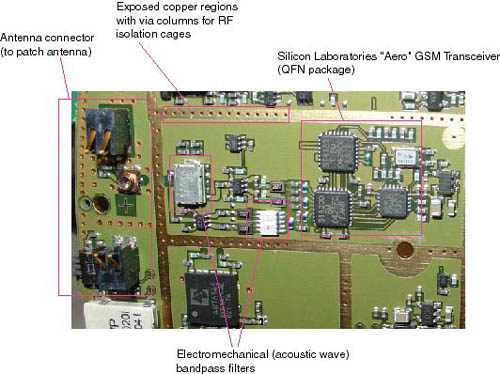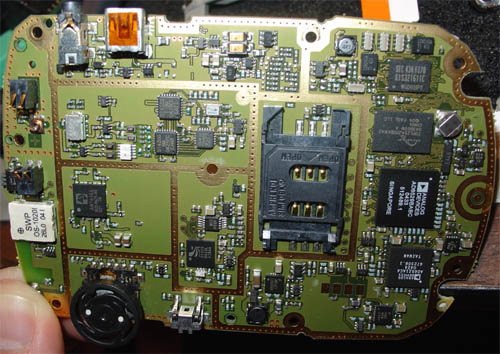The Ware for October, 2005, is shown below. Click on the image for a much larger view.
This month we’re going old school. I’m thinking this is probably one of the more obscure pieces of production hardware that I have sitting around in my house. To be honest, it took me some time to figure out what this thing does, but once I found the documentation on it, I was reminded that I take a lot of technology for granted these days. I’ll be impressed if anyone can name the exact piece of equipment this comes from, or if they can guess its precise function.
Some side notes–sorry the blog has been pretty quiet lately. Last month was brutal at work, I was putting in 100-hour weeks to get a chip out on time; fortunately, my new girlfriend is very understanding of my situation. I think that the hard work will pay off in the end. I’m now taking a little time now to catch up with friends and relax a bit before jumping back into the groove. I also got notice yesterday that one of my paper submissions to ISSCC was accepted, so I’ll be in San Francisco next February presenting a talk on a 10 Gbps integrated CMOS photonic system technology!
Another side note–you may have noticed the ads on the blog sidebar. The bandwidth overage charges from the comment-links in slashdot are starting to pile up, so I’m using Google’s adsense service to help cover the costs. I think the ads are fairly tasteful and inconspicuous (although poorly targetted due to the dynamic content generation infrastructure of this blog software); if they cause problems for anybody let me know. I don’t want these things interfering with the quality of this website.


